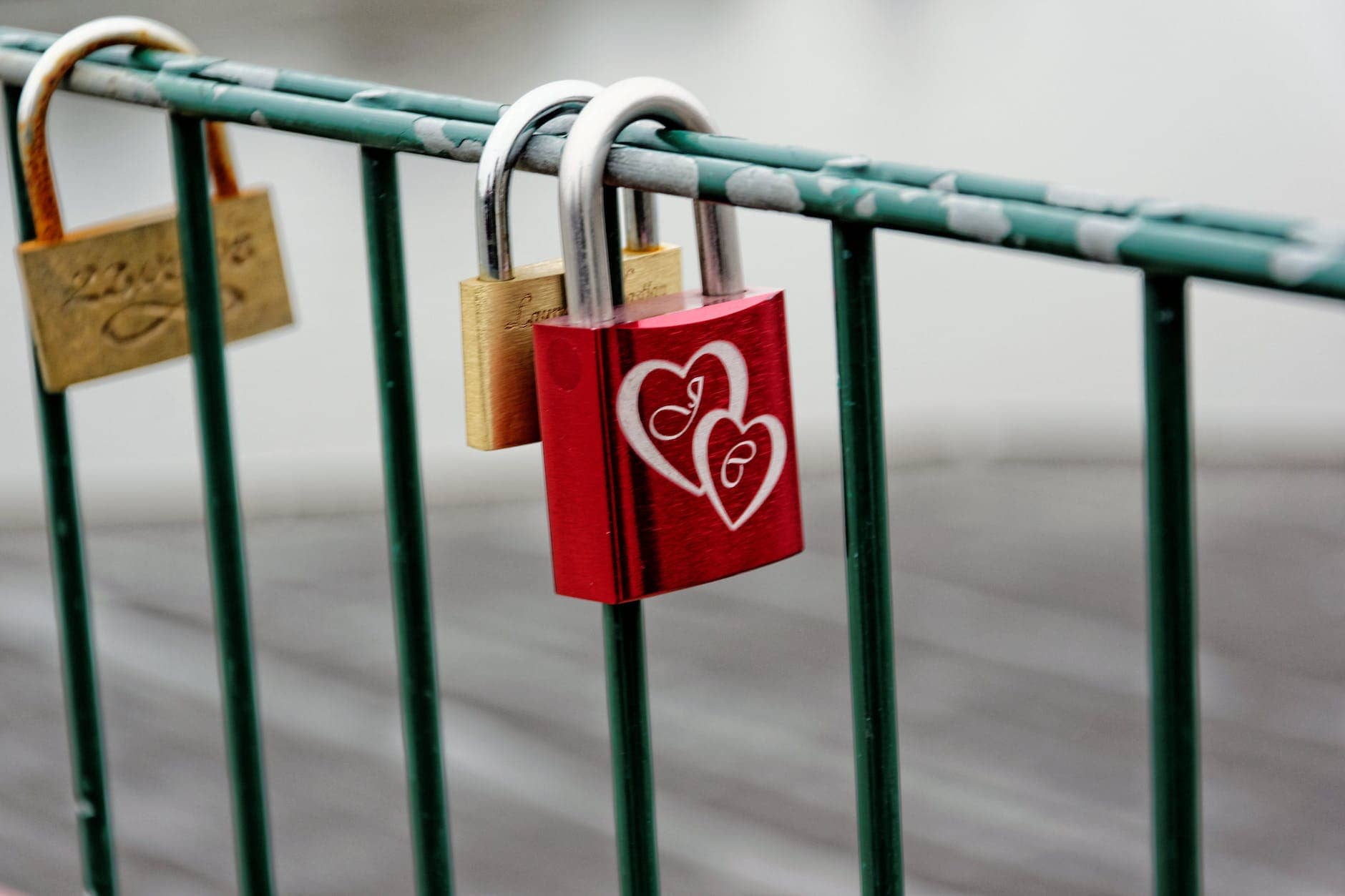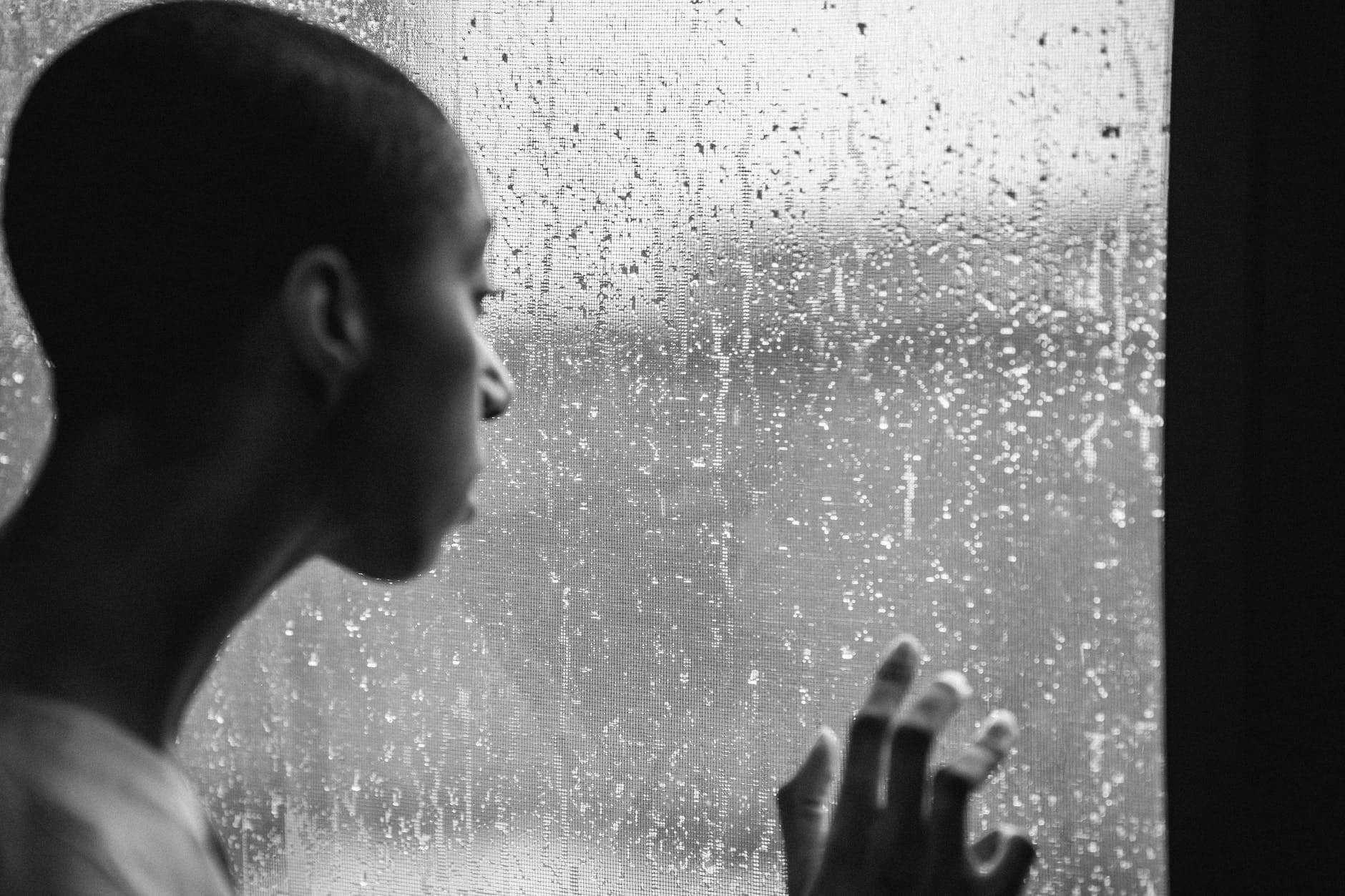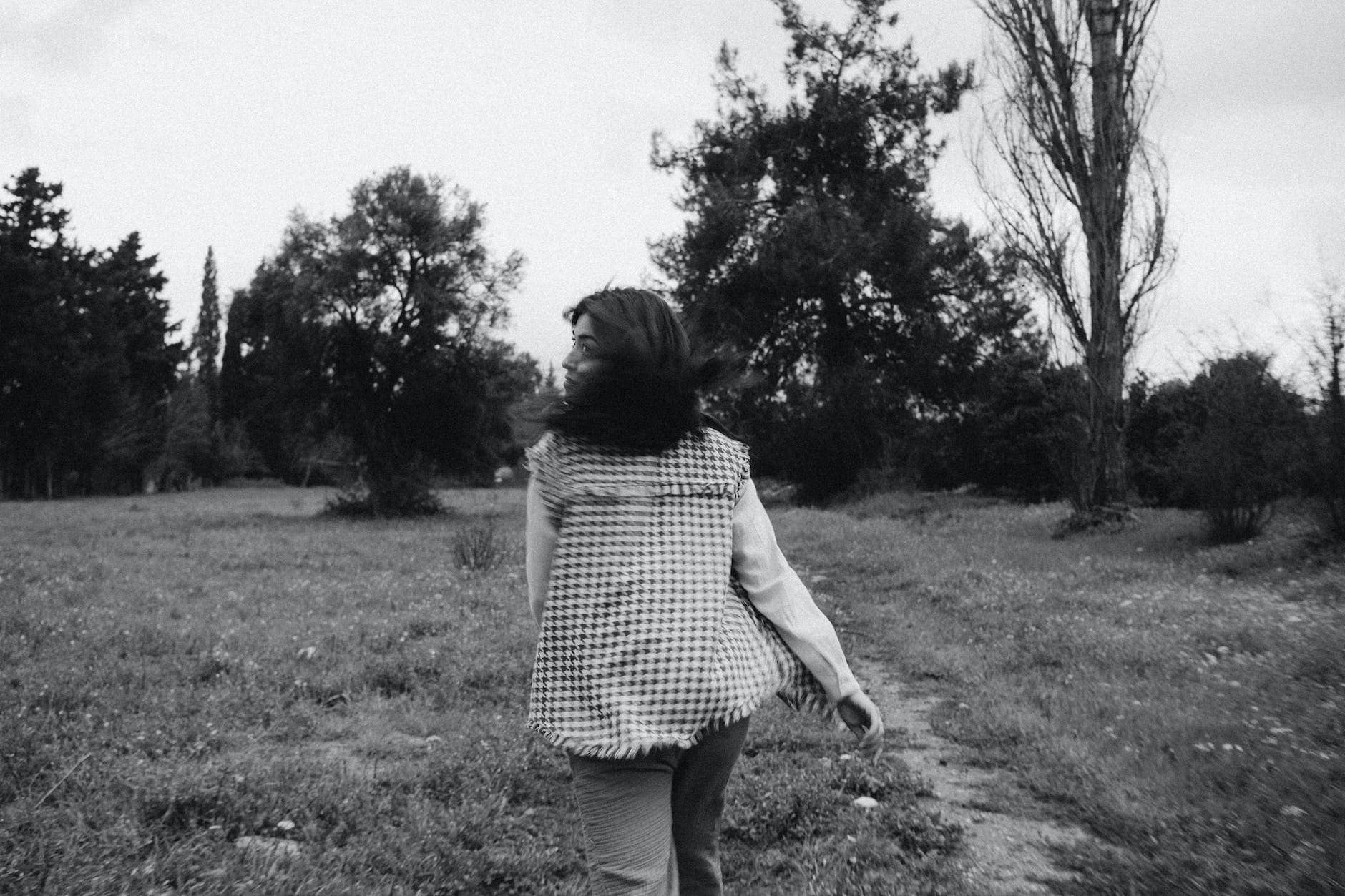
The Journey Of Healing: Unpacking The 7 Stages Of Grief
As humans, we all experience moments of loss and grief throughout our lives. Whether it’s the death of a loved one, the end of a relationship, or any other significant life change, navigating through these emotions can be incredibly challenging. However, understanding the journey of healing that comes with grief can provide us with a sense of clarity and direction during these difficult times.
In this article, we will explore the “7 stages of grief model” in detail – from denial and shock to finding meaning and moving forward. While everyone’s experience is unique, recognizing these common emotional stages can help us better understand our own emotions and reactions as we navigate through loss. Whether you’re currently dealing with grief or simply seeking a deeper understanding of this universal human experience, we hope that this article provides you with insights and tools for healing.
7 Stages of Grief: Key Takeaways
- Understanding the 7 stages of grief can provide a roadmap for navigating through challenging times of loss.
- The 7 stages of grief, including shock, denial, anger, bargaining, depression, testing, and acceptance, contribute to the overall healing process.
- Grief is a universal experience that can result from many types of losses, and everyone’s grief journey is unique.
- Coping strategies, such as expressing grief, connecting with others, and practicing self-care, can be helpful in navigating through grief.
The “7 Stages of Grief” Model
How to Go Through the Seven Stages of Grief
Embarking on the journey through the seven stages of grief is a deeply personal and unique experience. This journey, often referred to as the ‘5 or 7 stages of grief’, provides a roadmap to understand and navigate the complex emotions that arise after experiencing a significant loss, such as the death of a loved one.
The 7 stages of grief model, which include shock, denial, anger, bargaining, depression, testing, and acceptance, serve as a guide through this challenging time. It’s important to note that these stages are not linear. One might find themselves moving back and forth between stages or even experiencing multiple stages at once. This progression from one stage to another or between stages is a normal part of the grieving process and reflects the complexity of human emotions.
In the immediate aftermath of a death, individuals often find themselves in a state of denial, refusing to accept the reality of their loss. This is a common grief reaction and serves as a protective mechanism to shield us from the overwhelming pain of loss. As we move through the various stages, we might encounter challenging stages like the bargaining stage of grief, where we might ruminate on what could have been done differently to prevent the loss.
Understanding the 7 stages of grief can help individuals cope with loss and navigate their way back to life. However, everyone experiences grief differently, and what grief feels like can vary widely. Some might experience symptoms of grief that resemble clinical depression, while others might have physical symptoms. It’s also worth noting that the time each stage of grief lasts can vary greatly.
Grief support, such as seeing a grief counselor or joining a grief support group, can be incredibly beneficial during this time. A grief counselor can provide guidance and help with grief, especially if one is struggling with prolonged grief disorder or having difficulty moving from one stage to the next.
Remember, grief is different for everyone. There’s no ‘right’ or ‘wrong’ way to grieve, and it’s okay to seek help. Whether you’re in the first stage or the final stage of grief, understanding the theory of grief and the emotions of grief can provide comfort and guidance during this challenging time. Now, let’s delve deeper into the first stage of this process: Denial and Shock.

Denial and Shock: The First Stage of the Grief Process
When grief first hits, shock and denial act as a protective shield around the heart. It’s a natural reaction to avoid or delay the pain of loss by refusing to accept reality. During this first stage of grief, people may feel numb, disoriented, and disconnected from their emotions. They might also experience physical symptoms such as shortness of breath, rapid heartbeat, or trembling.
The stages of grief are not linear and can overlap or repeat themselves. Shock and denial can be revisited at any point in the grieving process if new information triggers a sense of disbelief or confusion. Moving through this stage requires patience and self-compassion as it takes time to adjust to the reality of loss.
“First, there’s shock and denial, then guilt that keeps resurfacing. I was close to my parents and I miss them terribly. But second, there’s the reflection, and the hope and acceptance that I’m going to be ok without them. My experience is not extraordinary – rather it’s about learning to live with the sadness and loss.”
https://www.hcf.com.au/health-agenda/body-mind/mental-health/moving-through-grief
It’s important to remember that shock and denial are normal responses to grief and don’t necessarily indicate an unhealthy coping mechanism. However, if these feelings persist beyond a reasonable timeframe or interfere with daily functioning, seeking professional help may be necessary. The grieving process is unique for each person, but understanding the seven stages of grief can provide comfort and guidance during this difficult journey.

Anger and Guilt: The Second Stage of the Grief Process
Feeling angry and guilty may be a normal part of grieving, as these emotions are often experienced in the second stage of coping with loss. It’s important to understand that these feelings can arise from a sense of helplessness and frustration as we try to make sense of our new reality. Here are some key points to keep in mind about anger and guilt during the second stage of grief:
- Anger can manifest in different ways, such as blaming others or feeling resentful towards the situation.
- Guilt often results from wanting to bargain or fix things that are beyond our control.
- These emotions can be overwhelming, but it’s okay to feel them and express them in healthy ways.
- Coping strategies like exercise, journaling, or talking with a trusted friend or therapist can help us process these complex emotions.
Navigating through the stages of grief is not an easy journey, but acknowledging our emotions and seeking support can aid us in moving forward toward healing.
As we move through this second stage of grief, it’s important to remember that there is no right way to grieve. Everyone experiences loss differently and at their own pace. Be gentle with yourself and allow yourself time to feel all the emotions that come up for you during this stage.
Remember also that anger and guilt don’t have to consume you forever – they’re just one step on your journey towards acceptance and hope later on down the line. Keep reaching out for support when you need it, whether it’s from loved ones or professional resources such as therapists or support groups specializing in dealing with grief.
In summary: experiencing anger, guilt, and thoughts of what you ‘could have done’ differently are common during the second stage of grief, just as denial and shock are often present in the first stages. There are many different ways these emotions might present themselves and how long they may last. It’s important to remember that it’s okay to feel them. Coping strategies can help deal with intense feelings. Everyone’s experience is unique, so be kind to yourself and seek out support when you need it.

Bargaining: The Third Stage of the Grief Process
You may find yourself in the third stage of grief, the bargaining stage, where you attempt to make deals or promises to change the outcome of your loss. During this stage, you may try to negotiate with a higher power or even yourself in hopes that it will bring back your loved one. It’s common to feel guilty and think about what could have been done differently in order to prevent the loss.
“The third stage, bargaining, follows the anger stage very naturally. The normal reaction to the helplessness and vulnerability that comes through loss is an attempt to regain control.”
https://www.econdolence.com/learning-center/grief-and-coping/the-stages-of-grief/third-stage-of-grief-bargaining
Coping during this stage can be difficult because bargaining is often accompanied by feelings of helplessness and hopelessness. It’s important to remember that while making deals may provide temporary relief, it ultimately won’t change the reality of the situation. Instead, focusing on accepting what cannot be changed and finding ways to honor your loved one’s memory can aid in healing.
While bargaining is a necessary step towards processing grief, it’s important not to get stuck in this stage. Continuing on with the grieving process and moving forward can lead to acceptance and hope for a new future without your loved one physically present. Remembering that everyone grieves differently and there is no right or wrong way can also alleviate any pressure during this difficult time.

Depression: The Fourth Stage of the Grief Process
It’s natural to experience a sense of melancholy and hopelessness during the fourth stage of grief, depression, as you begin to fully comprehend the reality of your loss. This stage can be overwhelming, and it may feel like there is no end in sight. The emotions that come with depression during the grieving process can range from sadness to guilt and everything in between.
One coping strategy for this stage is to allow yourself time to grieve. It’s important not to rush through the process or suppress your feelings. Rather, take things one day at a time and know that it’s okay not to be okay. Talking with someone you trust or seeking professional help can also be helpful during this period.
It’s important to remember that everyone experiences grief differently, and there is no right or wrong way to grieve. But by understanding the stages of grief, including depression, we can better navigate our emotions and find ways to cope with our loss while moving towards acceptance and healing.

Acceptance and Hope: The Fifth Stage of the Grief Process
As you come to the fifth stage of grief, acceptance, you will begin to realize that while your loss may never fully go away, you have the strength and resilience to move forward and build a new future. Acceptance is not about forgetting or ignoring what has happened; instead, it’s about acknowledging the reality of your situation and finding ways to adapt to your new normal. During this stage, you may feel a sense of calmness and inner peace as you come to terms with your loss.
Acceptance does not mean that all the pain and sadness associated with grief will disappear. It simply means that you are learning how to live with it in a way that allows you to function and find joy in life again. This can be a gradual process, and it’s important to remember that everyone’s journey through grief is unique. Some people may move through the stages quickly, while others may take much longer.
“Acceptance is not necessarily a happy or uplifting stage of grief. It doesn’t mean you’ve moved past the grief or loss. It does, however, mean that you’ve accepted it and have come to understand what it means in your life now. You may feel very different in this stage.”
https://www.healthline.com/health/stages-of-grief#:~:text=Stage%205%3A%20Acceptance,very%20different%20in%20this%20stage.
If you’re struggling with acceptance or any other stage of grief, seeking support from a health professional can be incredibly helpful. They can provide guidance on coping with grief and offer strategies for moving forward. Remember that there is no right or wrong way to grieve, so be kind to yourself during this difficult time. With patience and perseverance, you will eventually reach a place of acceptance where hope for the future can flourish once more.

Finding Meaning: The Sixth Stage of the Grief Process
Now that we have explored the fifth stage of grief, acceptance, let’s move on to the next stage: finding meaning. This stage is often described as a turning point in the grieving process, where individuals begin to seek out ways to find purpose and meaning in their loss. It is important to note that not everyone will reach this stage or find meaning in their grief journey.
For those who do experience this stage, it can bring a sense of hope and renewal. Finding meaning may involve reflecting on memories of the person or situation lost, seeking out new opportunities for personal growth and development, or channeling one’s energy towards helping others who are going through similar experiences. However, it is important to acknowledge that finding meaning does not mean forgetting about the pain and sadness associated with loss.
It is also important to note that complicated grief may arise during this stage if individuals feel pressure from themselves or others to “move on”too quickly or if they struggle with feelings of guilt or shame around finding joy after a loss. Coping with grief is a complex and individual process, and finding meaning should be approached with patience and self-compassion. The goal should not be to erase the pain but rather to integrate it into one’s life in a way that honors both the past and present while moving towards acceptance and hope.

Moving Forward: The Seventh Stage of the Grief Process
You’re ready to move forward and explore the last stage of grief: acceptance and hope. This stage is not about forgetting or getting over your loss, but rather about coming to terms with it and finding a way to live with it. Acceptance does not mean that you are happy about what has happened, but rather that you have found a way to integrate the loss into your life and move forward in a positive direction.
Here are some ways that you can work towards acceptance and hope as you continue coping with grief:
- Focus on self-care: Take care of yourself physically, emotionally, and mentally by engaging in activities that bring you joy, eating healthy foods, getting enough restful sleep, and seeking out support from loved ones or a health professional if needed.
- Set goals: Identify small achievable goals for yourself that help give structure to your days. These could be anything from going for a walk each day to trying out a new hobby.
- Celebrate memories: Remembering your loved one or what was lost can be painful at times but also crucial in moving forward. Create a space where it’s appropriate to celebrate those memories through conversation with others who knew them well.
- Practice gratitude: Focusing on the good things in life can help shift focus away from negative emotions associated with grief. Practicing gratitude may involve listing things daily that we’re thankful for.
Remember that everyone’s journey through grief is unique and there is no timeline nor right path towards healing. It’s okay if this process feels difficult; reaching acceptance may take time and effort on your part along with ongoing support from others around you. Don’t hesitate to reach out for help from professionals or other resources available when needed – they’re always willing to lend an ear!

How Long Will the 7 Stages of Grief Last?
The duration of the 7 stages of grief can vary greatly from person to person, as each individual’s grieving process is unique. There is no set timeline for how long each stage will last, and the progression through the stages is not always linear. Some people may spend a significant amount of time in one stage before moving to the next, while others may move through the stages more quickly. Some may even revisit certain stages multiple times throughout their grieving process. Factors such as the nature of the loss, personal resilience, and the support system available can all influence the duration of the grieving process. It’s important to remember that there is no ‘right’ or ‘wrong’ timeline for grief, and it’s okay to take the time you need to heal.
Applying the 7 Stages of Grief to Healing from Loss
Like a roadmap for navigating the complexities of loss, understanding and applying the 7 stages of grief can provide individuals with a framework for moving toward acceptance and hope. Coping with grief and loss is never easy, but acknowledging each stage can help individuals identify where they are in their journey and what they need to do to move forward. While everyone’s experience is unique, knowing that others have gone through similar emotions and reactions can bring a sense of comfort.
The first step in applying the 7 stages of grief to healing from loss is recognizing that it’s okay to feel all of these emotions. Denial, anger, bargaining, depression – all of these are normal responses to bereavement or any significant life change. It’s important not to judge oneself for feeling this way or compare one’s experience to anyone else’s. Acceptance comes when we allow ourselves to feel all the emotions without judgment.
As we move through the stages of grief, it can be helpful to seek support from loved ones or mental health professionals like a grief counselor specializing in grief counseling. Talking about our feelings and experiences can often bring clarity and validation. By taking small steps towards acceptance every day, individuals can gradually heal from their loss and find meaning in life again. Ultimately, applying the 7 stages of grief means finding peace within oneself while honoring the memory of those who have passed on.
Frequently Asked Questions About the Grieving Process
What is the difference between the 5 stages of grief and the 7 stages of grief?
The 5 stages of grief were originally devised for those who were ill, while the 7 stages of grief include shock, denial, anger, bargaining, depression, testing and acceptance. Both models aim to address the complexities of grief but may not reflect an individual’s experience.
Can grief stages be experienced out of order or skipped entirely?
Grief stages can be experienced out of order or skipped entirely. Just as grief is a unique and personal experience, the stages are not set in stone. It’s normal to have ups and downs, circling back to previous stages.
How can unresolved grief affect one’s health?
Unresolved grief can have physical and emotional manifestations that affect one’s health. Seeking counseling can help process grief, and holding it in won’t make it disappear. Mental health resources like Depression Hotline, Suicide Prevention Lifeline, and National Hospice and Palliative Care Organization are available for support.
Are there any resources available for those struggling with grief?
If you’re struggling with grief, there are resources available to help. The Depression Hotline, Suicide Prevention Lifeline, and National Hospice and Palliative Care Organization offer support. Seeking counseling can also provide a safe space to process emotions.
What are some coping strategies that may be helpful during the grieving process?
During the grieving process, it’s important to take care of oneself. Coping strategies that may be helpful include expressing grief, connecting with others, practicing deep breathing, setting small goals, ensuring enough sleep and eating a healthy diet.

Conclusion
In conclusion, understanding the seven stages of grief can serve as a helpful guide for anyone navigating the complicated emotions and reactions that come with significant loss. It’s important to remember that everyone experiences grief differently, and there is no “right” way to grieve. However, acknowledging and working through these stages can aid in the healing process.
As we move through each stage, it’s natural to question if we’re doing it “right”or if what we’re feeling is normal. But it’s important to remember that grief is a personal journey, and there is no one-size-fits-all approach. Instead of focusing on whether we’re progressing through the stages quickly enough or in the right order, let’s focus on giving ourselves grace and allowing ourselves time to heal.
Overall, while the grieving process may be painful and difficult at times, by moving through each stage with intentionality and self-compassion, we can find hope for healing and growth in our lives after loss.

